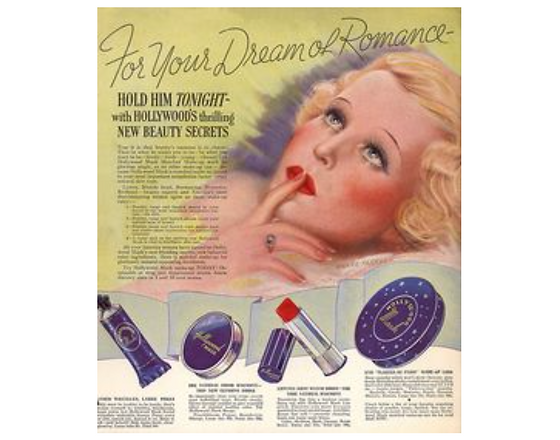
BLOG- THE ART OF INFLUENCING
A blog discussing advertising practices in the YouTube beauty community.
THE ART OF INFLUENCING
In this assignment I worked with classmates to create a blog that discussed advertising practices in the YouTube beauty community. We wanted to dive into the topic, so we wrote about things like monetization, sponsors, cancel culture, and more. In this project I was responsible for the design and management of the website, as well as writing posts.

HISTORY OF BEAUTY ADVERTISING
Post by Kirsten DeZeeuw
In today’s digital world, advertisers are scrambling to keep up with and capitalize on the latest trends to sell products. Today, advertising in the beauty community revolves around social media influencers, with consumers relying on their recommendations for sources of information. While the savvy consumer might understand how products are currently marketed, what past practices made advertising in the beauty industry what it is today?